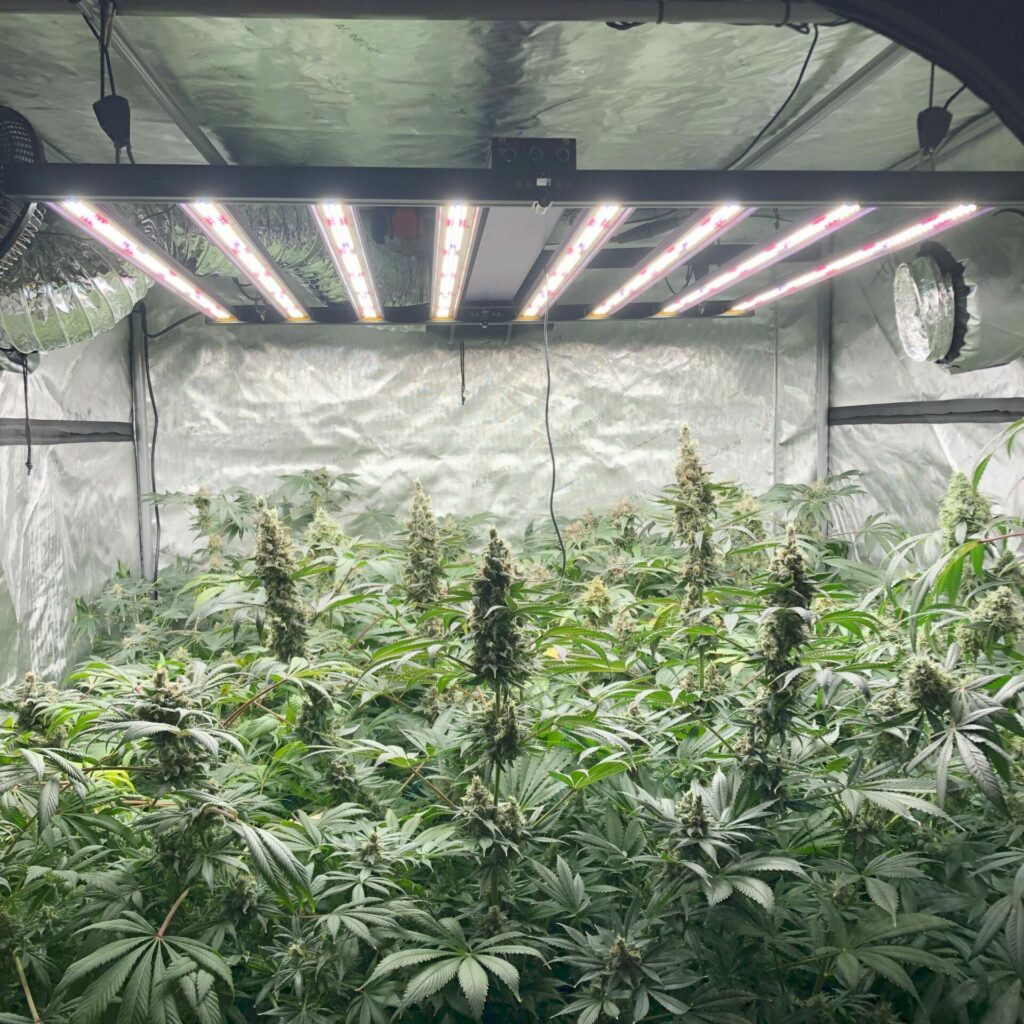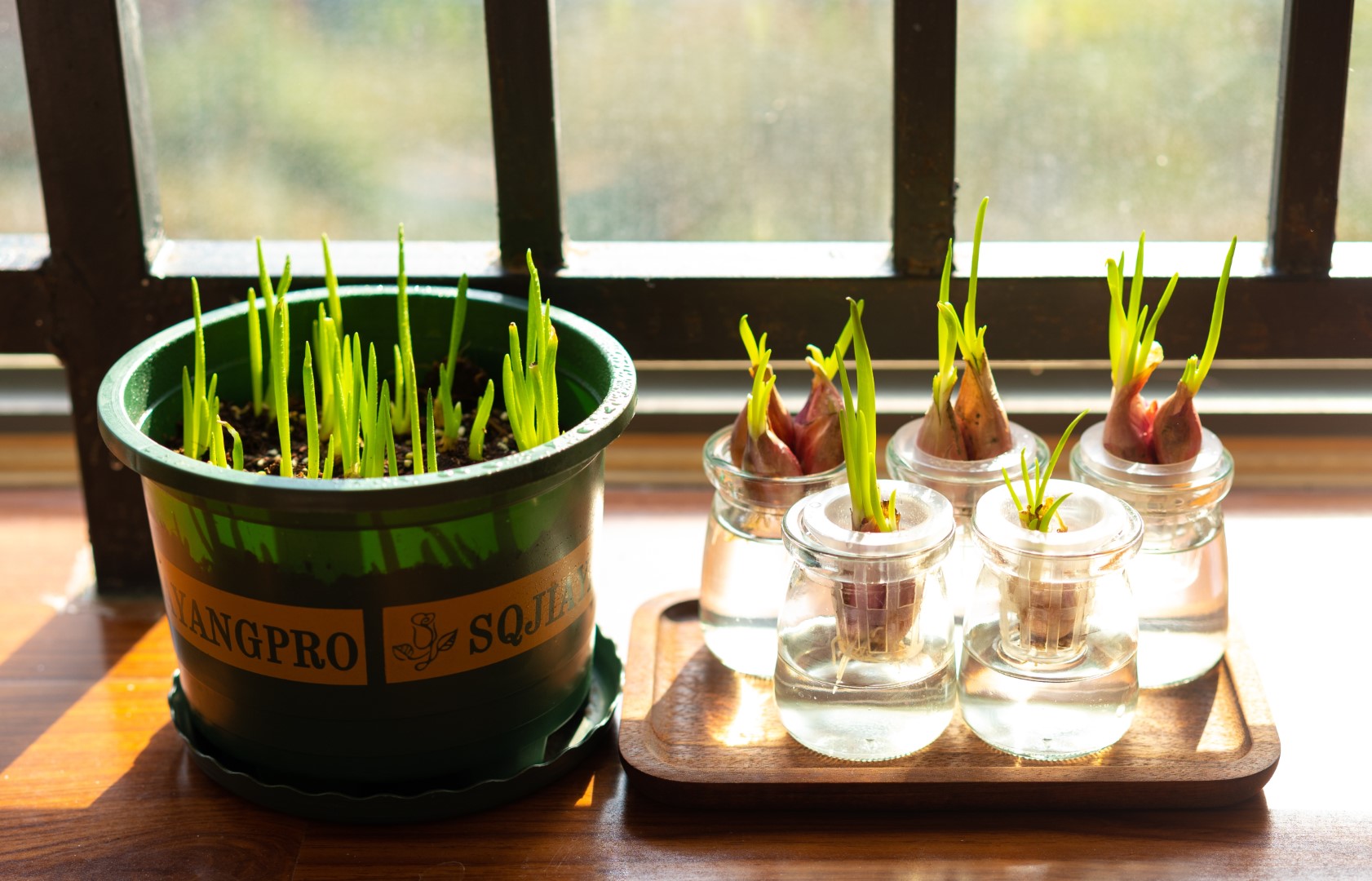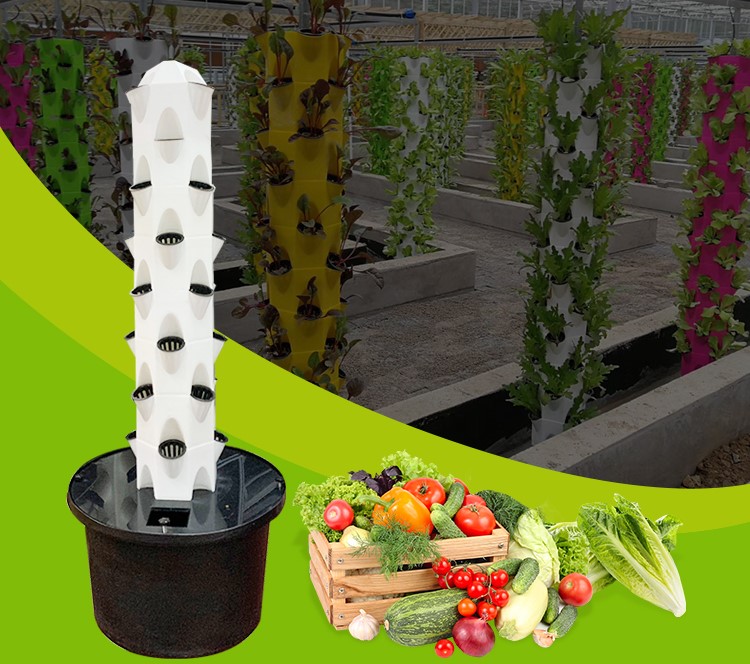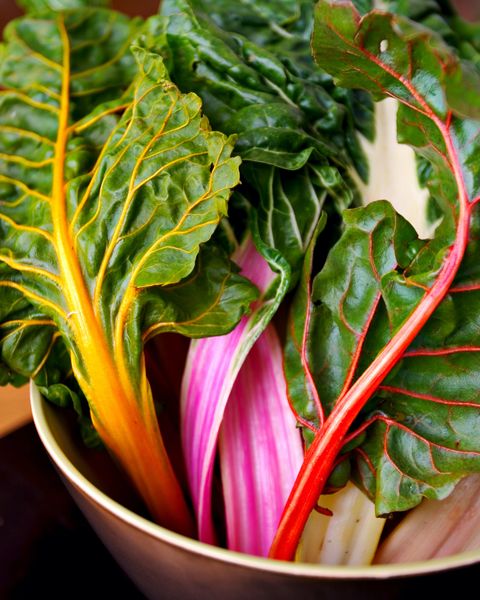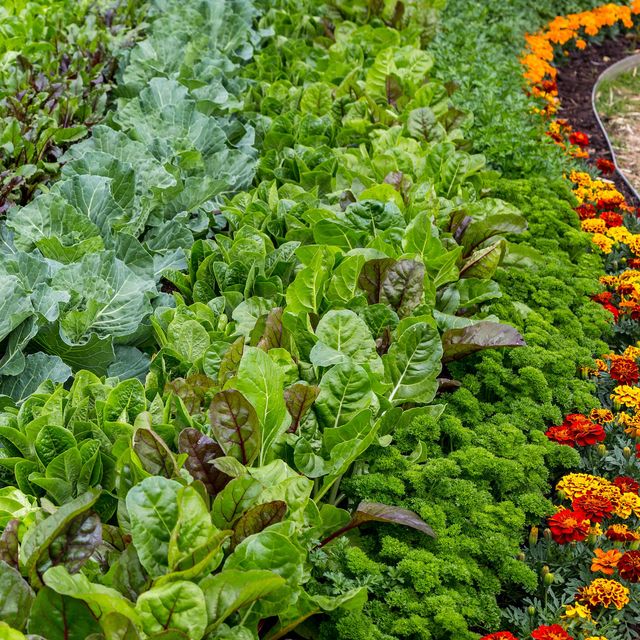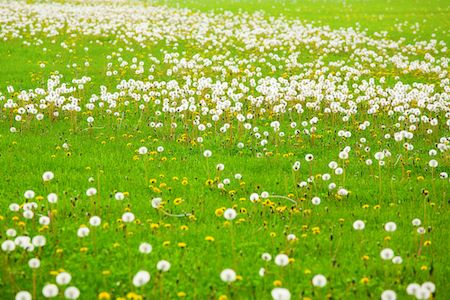People are always asking us how to build an indoor grow setup. The truth is, there isn’t one right way to go about it.
We have different setups that work for different people. Some of them work better if you have a window with lots of sunlight, and others work better if you don’t have a window at all. Read on to learn more!
Basics of Indoor Grow Setup
When building your first indoor grow setup, you have to plan everything carefully. You need a suitable location for your grow room and it has to be safe from moisture and pests. It also needs proper ventilation and an adequate amount of light.
You need to know the basics of lighting, ventilation, and humidity control before you begin the construction of your own indoor grow setup.
- Find a Space
First, find a suitable space for your indoor grow setup. It should have a secure door and be away from the main house so that you can control the odor of your plants; especially if you are growing indoors.
You might want to consider a grow tent, closet, attic, or basement. The fewer windows and air vents you have, the better.
Things to Consider
Here are some things to consider before you set up your space:
- Space
Indoor growers like the use of closed-in spaces like closets or small rooms with doors. If you don’t have much of a choice, you may want to invest in a grow tent that will give you space that does not take up the entire room.
A grow tent is usually made of heavy-duty materials that can withstand high temperatures and humidity levels, which makes them perfect for growing plants.
Space limitations will affect the height of your plants and yield. Growers who have large open spaces should consider sectioning off smaller areas to save resources.
- Power Supply
To grow plants in a large space, you will need an electrician to install an outlet for power. To estimate how much power your plants will need, first determine the size of the area and how many plants are being grown.
Consult with a professional electrician before starting any serious DIY projects in this area.
- Water Source
You also need to consider the water source in the space. Watering plants will require a lot of water, and if your plants are indoors, you will need an adequate water supply.
- Noise
If you have a separate room to grow in, you will need to consider the noise level. If you have a spare room that is away from the main living area of your house, then this shouldn’t be an issue. However, if you are growing in your bedroom or other areas where you spend a lot of time, then the noise level will be a concern.
If your plants are in an enclosed space, sounds may be amplified and the smell of your plants may be noticeable.
- Flooring
Choose a waterproof flooring material that is compatible with the climate where you will be growing your plants.
Put down reflective sheeting or grow in a tent to increase the humidity level in the room.
- Climate Metering
If your plants are being grown indoors, you will need to monitor the climate of the space.
This means installing an intake fan, thermostat, and a humidifier or dehumidifier as necessary. It makes climate control adjustments easier.
- Create a Light Tight Environment
Growers need to create a “light-tight” environment for their plants to grow properly. Artificial light should come from the light source you provide, not the sun. To keep your plant on a strict light cycle, you’ll need to seal any areas where natural light comes in.
To create a light-tight environment, use blackout curtains to seal off any windows or doors that let in sunlight. You can also use spray paint for your windows and/or black silicone caulk for your doors and windowsills.
A. Configure Your Setup
When growing cannabis, the most cost-effective option that provides the most ideal growing conditions is a grow tent.
In a grow room setup, you will use an exhaust fan, most likely with a carbon filter to eliminate cannabis odor as it leaves the room.
You can also use an extractor fan to take hot air away from the top of the area and make sure there are input holes to force cool air in. Additionally, airflow assists in more efficiently regulating temperature and preventing excessive humidity, which can result in rot and mold outbreaks.
B. Get the Right Light System
There are different kinds of lights that most growers would consider using, and they fall into two general categories: High-Intensity Discharge (HID, such as metal-halide or high-pressure sodium) and Compact Fluorescent Lights (CFLs). Both are often chosen for flowering plants because they provide more heat.
In addition, if you don’t have a grow tent, consider using mylar or other reflective coatings to allow more light to reach your plants.
- Grow Light
You will definitely need a main grow light to improve your quality of light and produce cannabis plants with quality buds.
Grow lights are used to provide light to plants that are grown indoors. They are most commonly used by commercial and home cannabis growers.
- Main Grow Lights
The main grow light is the most important part of your indoor grow setup.
These are the lamps that you will use to produce your plants’ main source of energy through photosynthesis. Most of the energy from these lights will be used to help your plants grow their stems, leaves, and flowers.
They are important because they are the only source of light your plants will use to make energy.
There are many different kinds of main grow lights, but there are two main types, high-intensity discharge (HID) and light-emitting diode (LED) grow lights. The type of light you choose to use will depend on your budget, the size of your grow room, and how much electricity you want to use.
- Supplemental Grow Lights
Supplemental grow lights are used to broaden your spectrum and can be used as the main light source.
There are several types of supplemental grow lights to choose from, including fluorescent light, compact fluorescent light (CFL), and light-emitting diode (LED) grow light. Choose a supplemental grow light approximately the same width as the shelving unit you’re using.
A supplemental grow light is used to supplement natural sunlight. These are available in a variety of wavelengths and intensities. They have been shown to increase plant growth.
- Choose How To Configure Your Space
Grow rooms can be in a variety of locations, including closets, garages, basements, and wardrobes.
Avoid rooms on the upper floors if possible. Natural sunlight may add a lot of heat and it can cause issues with high temperatures.
The place you choose for your plants must be clean and free of pests. You should also choose a space away from pets and other animals so that the plants can thrive.
Finally, make sure the space is comfortable to work in, as this will help you stay productive.
- Walls
To have a controlled environment and take full advantage of the lights and energy you use to run your grow room, it’s advised to put reflective material up and around the inside walls of your grow space.
Grow tents are typically made with highly reflective material on their inner surfaces; this is another reason that they are a fantastic option for new growers.
Do not line the walls with tin foil. This can cause heat spots and is not as good as you might think. Instead, paint the walls of your grow room a bright white.
The key takeaway from this step: you want to make sure that the lights are concentrated on your crops and have been arranged as efficiently as possible. The reflective wall material that surrounds your plants will guarantee efficient light coverage, and help you avoid waste.
- Floors
Floors are easy. If you’re using a grow tent, then you’ll already have a floor included, and it will be made of a material that is easy to clean.
The best thing to do is just make sure the floor is flat and even. Seal off any gaps, and then clean the floor with soap and water. When it comes to floors, the simpler the better.
- Set Up An Air Exchange System
Setting up an air exchange system will help you manage the environment, and also help prevent the spread of molds.
The air exchange system is a crucial part of the grow room. It will help you control the temperature, humidity, and CO2 levels.
Air exchange systems are used in grow rooms to improve air circulation in the grow space and prevent mold from growing on plants and crops. Air exchange systems can be used to provide humidification or dehumidification by adjusting the relative humidity (RH) of the air in the grow room.
The effect of air exchange on plant growth is quite significant and can be used to manipulate growth patterns. Plants require a certain level of humidity to grow well. If the humidity is too low, the plants will wilt and die.
Healthy plant growth is dependent on the availability of fresh air in a grow space. Maintaining a consistent temperature in your space while also supplying your plants with fresh air is possible with the use of ducting, windows, or an adjacent room.
Tips for Indoor Grow Room Safety
When operating an indoor grow room, it is important to follow a few simple rules.
Prevent Fire
Do not use flammable materials in the grow room or anywhere near it, as they can cause fires. Prevent fire hazards by keeping your grow room well lit, and make sure all electrical equipment is properly grounded.
Use the Proper Equipment
To cultivate cannabis plants successfully, you’ll need the proper equipment.
This includes a reflector, ballast, time switch, air extractor, carbon filter, air intake, thermostat controller, rotating fan, and hygrometer.
In addition to these essentials, you’ll need a water tank and EC meter to maintain the correct levels of nutrients in the soil. Finally, make sure to buy the right watering can or pump for your plants’ needs!
Growers need to use the proper equipment for success. This includes growing lights, grow tents, water pumps, and fans.
Each piece of equipment has its own specific function that must be followed in order to produce quality marijuana plants. Incorrect use of any one piece of equipment can lead to poor results and a decreased yield.
It is important to consult with a professional before beginning any cannabis cultivation project if you are not familiar with the necessary tools and techniques involved in growing marijuana successfully.
Be Careful With Electricity!
Whether you’re growing in soil or hydroponically, the most important piece of equipment is the light.
Marijuana requires a lot of light to grow well, but it can be dangerous if not used properly.
The main danger is that electricity and water are a bad combination.
If water gets into an electrical socket or switch, it can lead to an electrical short or even electrocution. Place your lights high enough so that water cannot get near them.
In addition, you should always unplug your lighting system before working with plants or cleaning your grow room. This will help prevent any accidents from happening.
The last thing you want is for your plants to suffer because of something silly like accidentally cutting the power while they’re exposed to harmful light.
Protect Your Eyes, Lungs, and Skin
Indoor growing can be a messy business.
Whether you’re using soil or hydroponics, there are going to be a lot of fumes/smells and dust/pollen floating around your grow room. This can cause irritation to your eyes, throat, and skin.
For this reason, it’s important to wear protective clothing such as goggles and a dust mask whenever you’re in your grow room setup. It will help keep you from getting sick.
Watch Out For Water!
Standing water can promote the growth of mold, germs, and even bugs, which is harmful to your health.
Legionnaires’ disease is a fatal disease that can kill you if you operate in a humid environment since it flourishes in aquatic systems (including condensation regions) and soil temperatures ranging from 25 to 45 degrees Celsius.
If water penetrates into your wire systems and electrical outlets, they become much more dangerous. This is due to the fact that it can accumulate over time and cause even more issues.
Condensation produced by humidity is a less noticeable problem, but it can be just as deadly. It is critical to leave a “drip loop” in the cable for hydroponics or power.
Keep Your Grow Room Clean
Regularly clean your grow rooms to prevent mold and mildew from growing.
You can do this by cleaning the walls, floors, and ceiling with a hose. You should also clean the fans and filters with a soft brush or vacuum.
If you leave unwanted things in your room, it will look messy. This may make you feel uncomfortable working in your indoor grow setup.
Conclusion
Grow rooms are a great way to grow plants indoors without the fear of sunlight, pests, and diseases. They can be constructed with a variety of setups and can be created to fit in any size space. Growers should use the most efficient method possible to maintain their plants in order to yield large amounts of their desired product.

